Rare Next To Largest Brother Steiff Early Sitting Hase Rabbit Bunny Before Sonny 2 IDS
$189.00 Original price was: $189.00.$99.99Current price is: $99.99.
- Quality You Can Count On
- 100% High-Quality Guarantee
- 7 days free returns
- We take quality seriously.

This 15-centimeter rarer-to-find model of the sitting rabbit (“Hase” in German) joins several of his relatives in my shop, including his 9-cm brother and 18-cm brother.
Hase’s article number, 3315, indicates that he is the earlier version of this bunny, whose whole production was from 1950 to 1958. Because he has a raised script button, it is highly likely that Hase was made in 1951 or later, and because of the font of the printing on his flag, probably in 1953 or later.
The “15” in Hase’s article number indicates his catalogued height to the top of his head. As is almost always the case with Steiff rabbits, Hase is much smaller than what the catalogue would suggest; he measures only 12 centimeters to the top of his head, about 4 3/4 inches. What he lacks in height, he makes up in girth; he is one chubby bunny! When you plan where to display Hase, you mustn’t forget his ears; he measures about 6 1/2 inches to the tip of his higher ear.
OK, back to some history. Unlike the little Hase in my shop and his even-tinier brother, this Hase always had a generic chest tag, saying “Original Steiff.” That is when he had a chest tag at all, since the very earliest versions had only a button and flag. The two smallest Hasen (the German plural) had the name “Sonny” on their chest tags starting in 1967—are you thoroughly confused? 😉
The easiest way to think about it is that there never was a 15 cm Sonny, and the same goes for his 18 cm brother.
Being born perhaps 70 years ago gives Hase lots of time to have deteriorated, either in storage or from play. However, he is in very good-plus condition. His only serious lacks are his original ribbon and bell, but the ribbon I gave to him was made in Germany. 😉
If I am going to nitpick, I will also mention that Hase is missing one whisker (from the original six) on his left side, and both sets of whiskers may have been trimmed by a previous young guardian. 😉 In any case, they are shorter than I have typically seen.
Hase has nice coloring, and although the black backs of the tips of his ears and the black mark above his tail are a bit faded, you only notice that here with my midnight-black background. Just looking at his black areas directly, they are dark. I don’t think that Hase’s cognac back and head and the upper sides of his front legs looked much different when he left Giengen, and I believe the same can be said for his gold underside. Hase retains some rose-colored airbrushing on the felt insides of his ears, more apparent on his left ear, but it is nice to see it there at all. The felt was once white, but its current ecru color is not at all objectionable.
The only other thing to tell you is that Hase’s eyes are glass, but you probably assumed as much from his early production date.
If there is something else you want to know, by all means, write. Every Steiff collection should include some bunnies, and this guy would do your collection proud. Or, if he is destined to join the Steiff or bunny collection of someone else, they will be delighted to receive him.
WHATEVER YOU DECIDE TO DO ABOUT HASE OR ANY OF MY OTHER STEIFF ITEMS, PLEASE BE SURE TO SEE THE ARTICLE I HAVE WRITTEN ABOUT STEIFF ID FRAUD—INCLUDING COUNTERFEIT CHEST TAGS—(AND OTHER IMPORTANT INFORMATION FOR COLLECTORS). YOU WILL FIND THE LINK ON THE BOTTOM RIGHT OF MY SHOP HOME PAGE UNDER “FAVORITE LINKS.” IF YOU HAVE NOT LOOKED AT IT RECENTLY, I UPDATED AND EXPANDED IT IN MARCH, 2023.
| ITEM ID | rl-2913 |
|---|---|
| COLOR | Black, Bronze, Gold |
| ITEM TYPE | Vintage |
| FINE PLUSH AGE | Post 1950 |
Be the first to review “Rare Next To Largest Brother Steiff Early Sitting Hase Rabbit Bunny Before Sonny 2 IDS” Cancel reply
Related products
Cats
Rare Sweet 17 CM Steiff Black Cat US-Zone Flag For Halloween And All Year Round 1950-1955 Only!

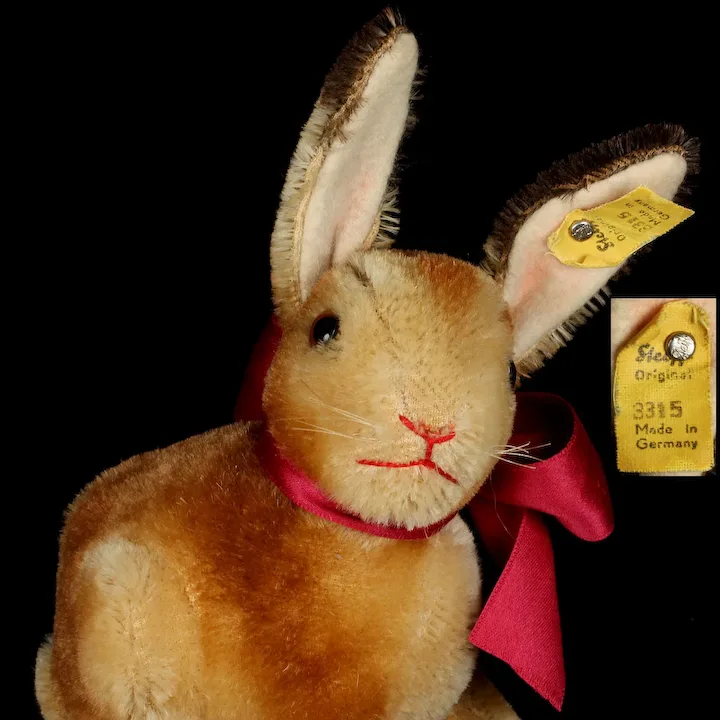

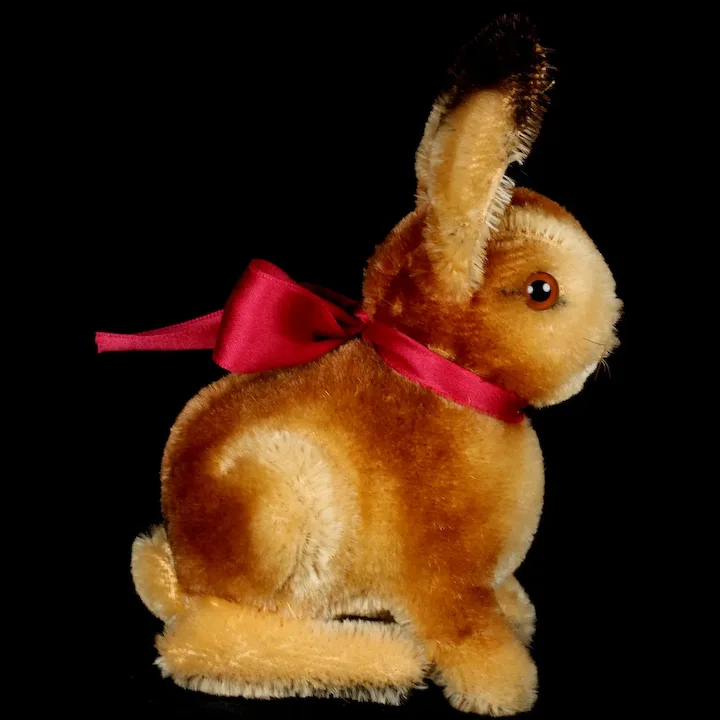
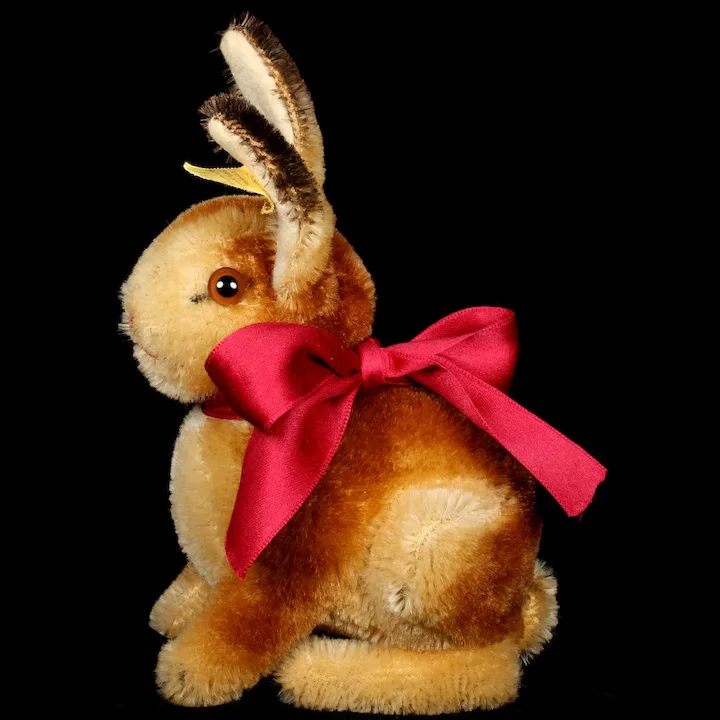
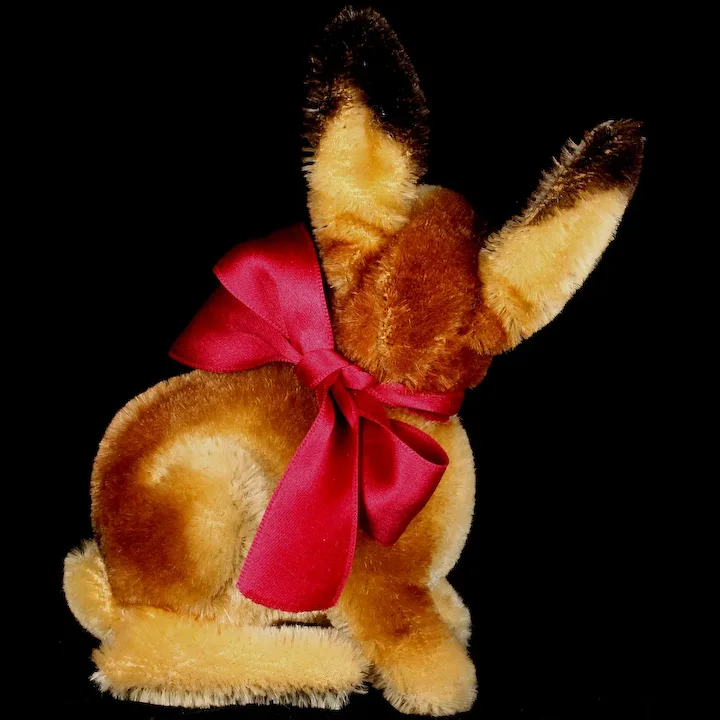


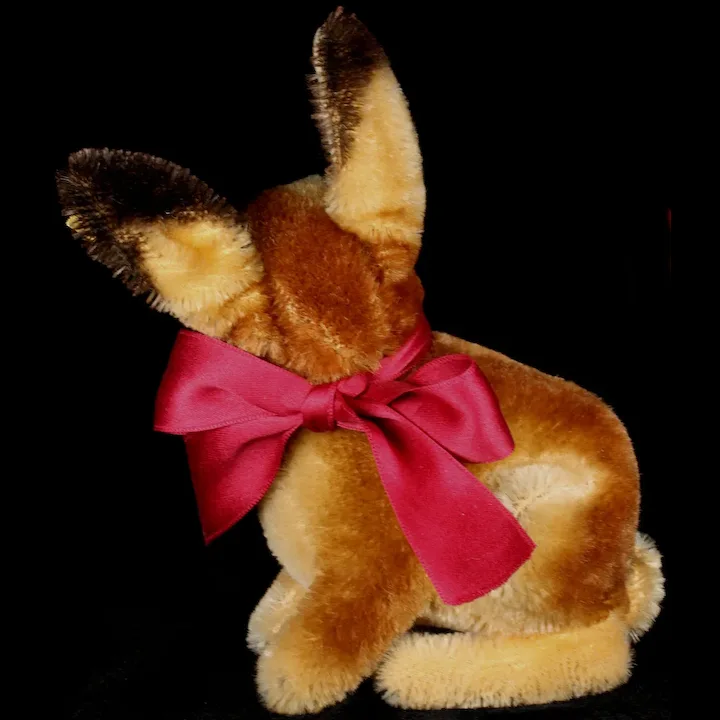
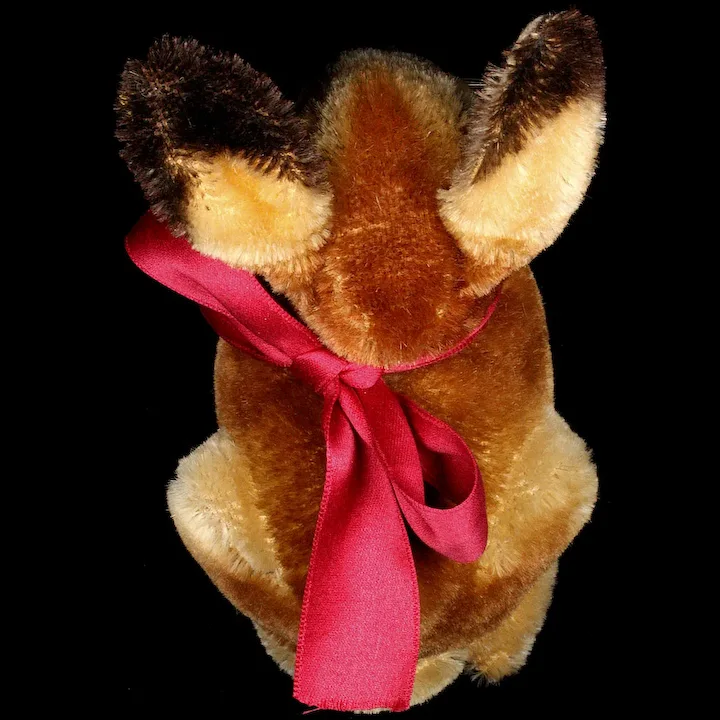



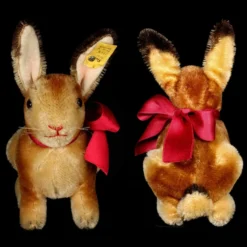


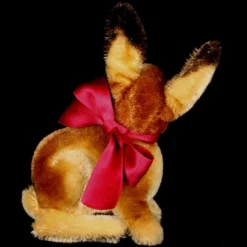
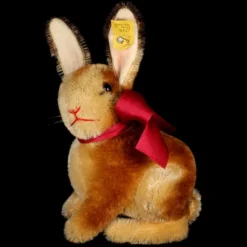


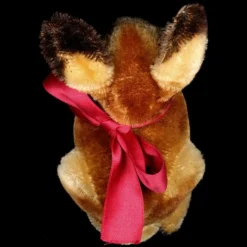
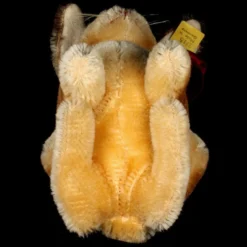



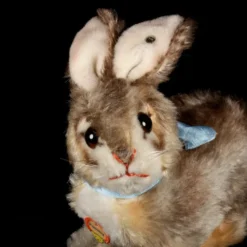

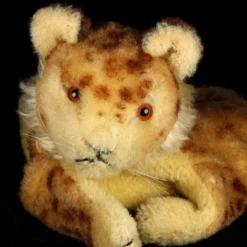


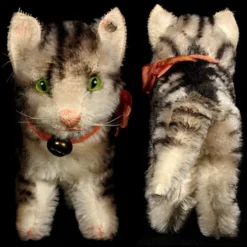

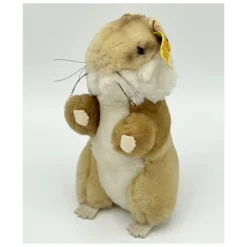
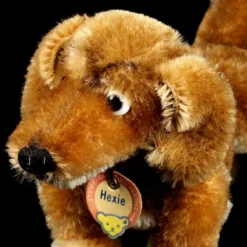
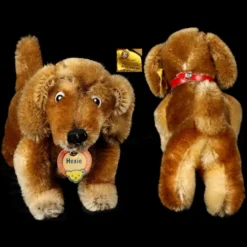
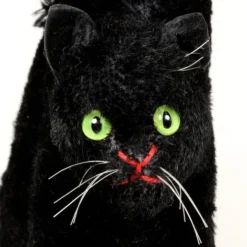
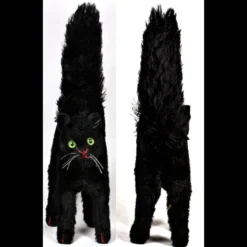

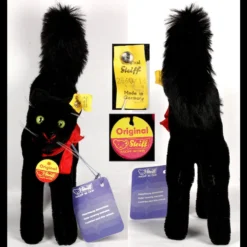
Reviews
There are no reviews yet.